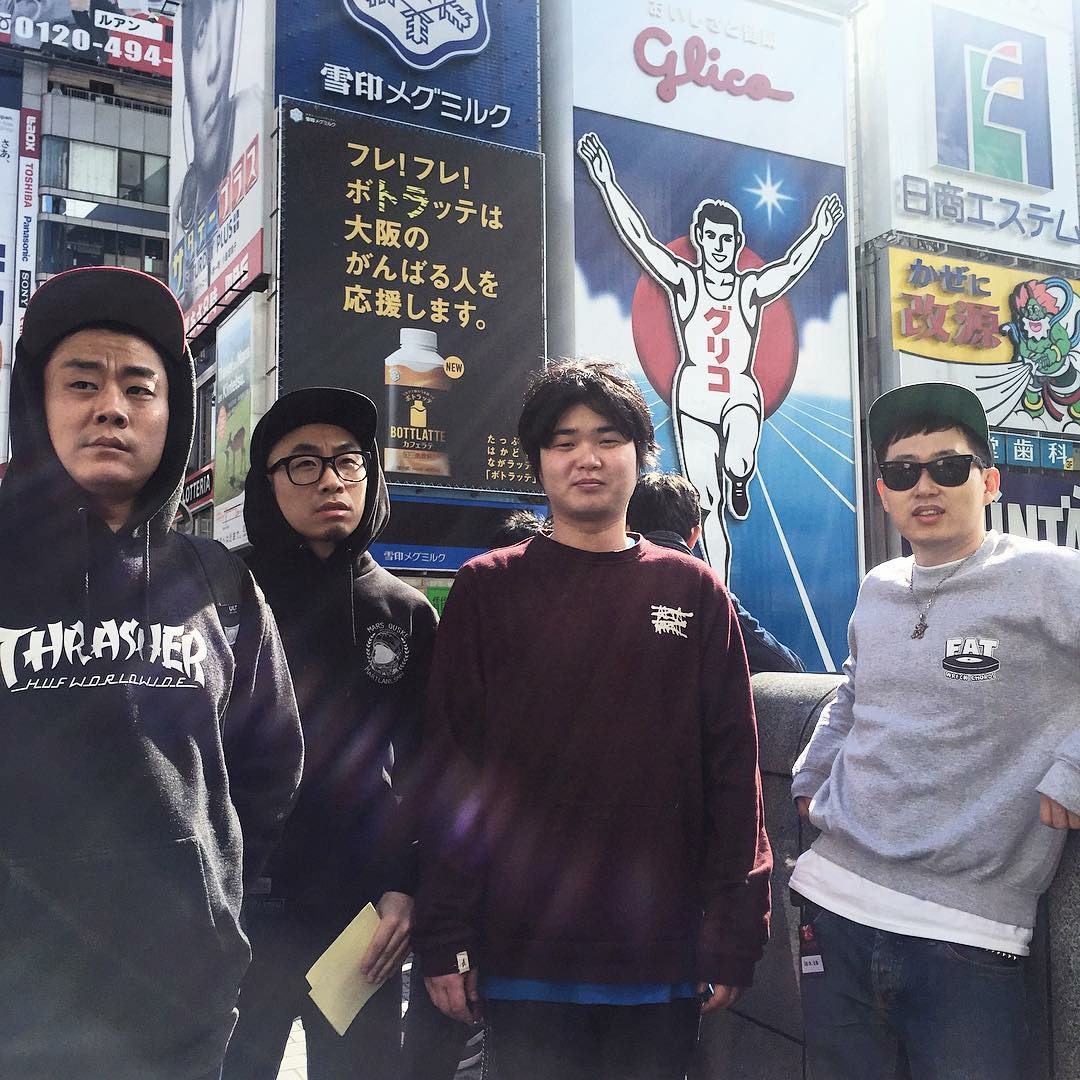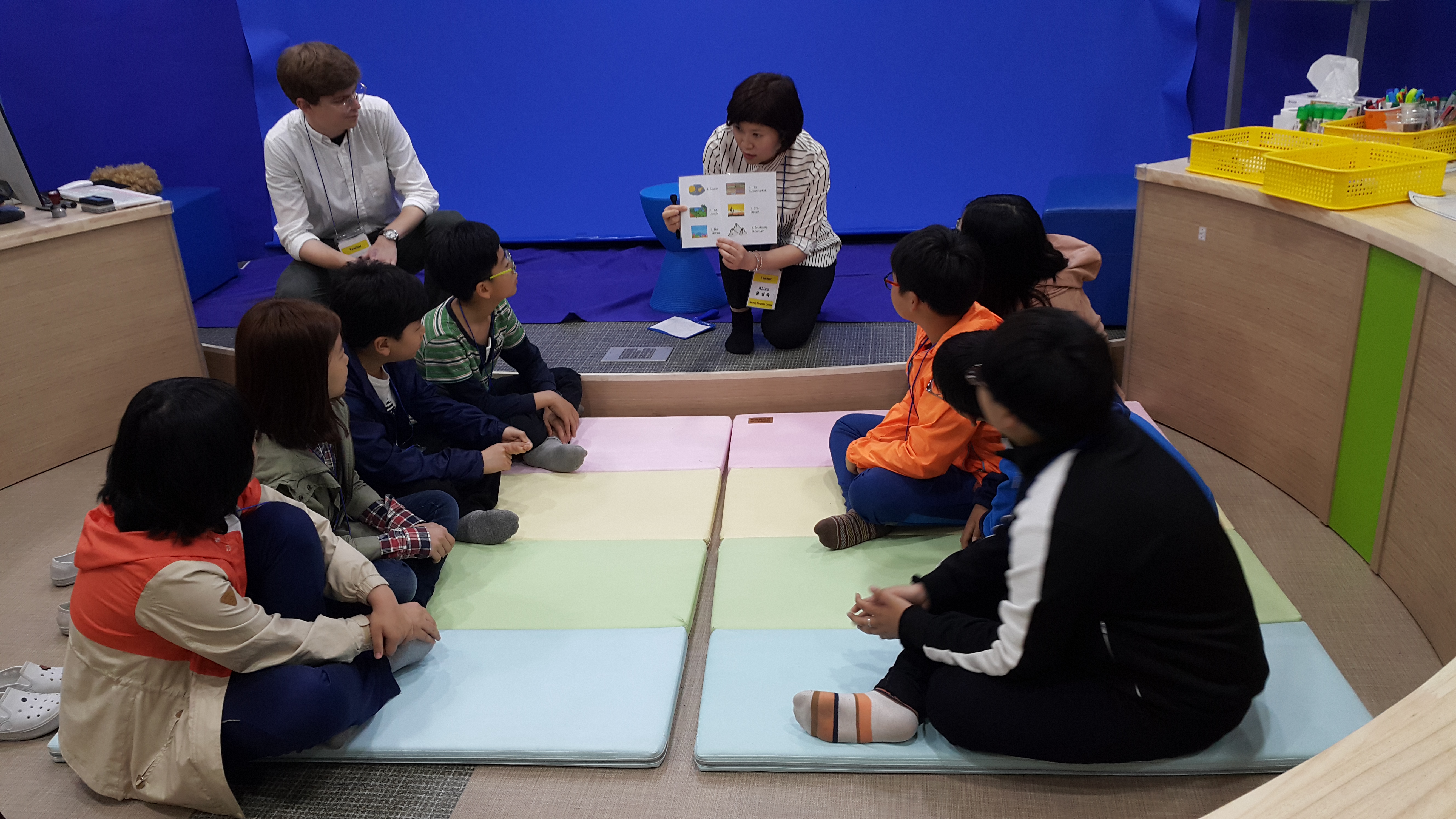Korea’s Early English Education Policy for the New Millennium

Written and photographed by Dr. David Shaffer
What changes did the advent of the new millennium have on English education polices in Korea? What effect have they had? Where is the “English divide,” and where in the world can one find a “goose daddy”? Find the answers to these questions in what follows.
As was the case elsewhere, the approach of “Y2K,” as the year 2000 was called, and a whole new millennium had young and old in Korea thinking big, thinking new, thinking change, thinking innovation. This was as true in the field of education as anywhere, and even more so for English education.
The 7th National Curriculum was introduced in December of 1997, and it was to be applied to two grade levels each year, beginning with elementary grades 1 and 2, and working up. Conspicuous in this new curriculum was that, for the first time, the general curriculum was to be competence-based, student level-based, and centered on the students.
Making more buzz than this new national curriculum, however, was a provision of the 6th English Curriculum that was kicking in in 1998: elementary school English education. The program was to begin with third-graders and begin at the next higher grade level each year through grade 6. This meant that 1998 third-graders would get four years of elementary English, while the 1997 third-graders would be the last to have none. The buzz came from three major directions: (a) those who thought early English was needed preparation for the 21st century, (b) those who espoused the myth that learning a foreign language early would confuse children and be detrimental to the learning of their first language, and (c) those who believed that elementary school teachers had not been trained well enough to teach young learner English.
The jury is still out on the first concern. There are so many variables involved: teachers’ proficiency, teaching methods, frequency of instruction, home support, to name a few. However, one thing that is known is that English learning is less cost-effective in the early years than beginning later. There is absolutely no truth to the second concern: that learning a second language in elementary school would hamper first-language development. Any second-language acquisition expert worth their salt can tell you this.
The third concern, that of teacher preparation, proved to be a legitimate one. From the beginning, elementary school teachers had contended that they had not received the necessary training, pre-service or in-service, to teach young learner English. Their cries, however, were not heeded, and the program began as originally scheduled. For me, the proof of the effectiveness of early English, I thought, would come ten years later. The students entering university in 2008 had four more years of public school English education than the 2007 entrants. How much difference in their English proficiency did those four extra years of elementary school English make in my English majors entering in 2008? I could discern none.
Surprised I was. I had expected to be able to at least detect more fluency, if not more accuracy. Did this mean that Korea’s experiment with public school early English had flopped? Well, over the next five years or so, I was able to detect an increase in incoming university student English proficiency that was greater than before. What was happening? As the early English program got started, the government began in earnest in-service English training for elementary school teachers, not just at their own training centers but also at universities, where centers were set up for this purpose. The efforts paid off. Though belated, the in-service English training can be said to be at least partially responsible for university students’ increased English proficiency upon entering university.
In the end, it seems that the early English education policy has been a great success – but only if you omit consideration of the huge side-effects that it generated. Parents had regularly sent their children to English hagwons (학원, private academies) for a year or two before they entered middle school in order to prepare them to start studying English in school. Now that English was beginning in grade 3 of elementary school, first- and second-graders were learning English at hagwons. This put an extra four years of strain on the purse-strings of those households who could afford this additional expense on top of the already-burdensome private education expenses many families were experiencing. The so-called “English divide” was widening, if not gaping.
The rising private education expenses for English, though technically voluntary, were societal mandates, and parents would make every effort to keep up with their neighbors. The realization that the world was globalizing with English as a lingua franca, and like it or not, that Korea was part of it, put extra pressure on families to provide their children with quality English training, and thus the demarcation between the haves and the have-nots became clearer. Families who could afford it sought out not only native-speaking teachers for their young children but sought English-speaking environments for them to live and study in. With North American English being the preferred variety among Koreans, many families with young children became divided as the mother went to a location in Canada or the U.S. with her children for them to study abroad. This left the father behind in Korea to work and provide for his overseas family. These live-alone fathers became known as gireogi-appa (기러기 아빠, literally “wild goose father,” but I prefer “goose daddies”). This phenomenon magnifies the importance Koreans place on education for their children.
This issue of rapidly rising household expenses for private education was to plague the first several administrations of the new millennium. Along with the appointment of administrators who knew more about politics than about education or English teaching, administrations struggled in the area of education policy. (As an aside, one newly appointed minister of education defended his qualifications for the position by declaring that he had a daughter in college!)
But the millennium was still young. It would bring new ideas to English education in Korea: some success stories, such as EPIK and TaLK; some not so much so (remember National English Ability Test (NEAT)?). [More on these and other recent developments in English education in Korea in a coming issue.]
The Author
David E. Shaffer is Vice-President of the Gwangju-Jeonnam Chapter of Korea TESOL (KOTESOL). On behalf of the Chapter, he invites you to participate in the teacher development workshops at their monthly meetings (always on a Saturday). For many years, Dr. Shaffer has been a professor of English Language at Chosun University, where he has taught graduate and undergraduate courses. He is a long-time member of KOTESOL and a holder of various KOTESOL positions, including First Vice-President and Publications Committee Chair. Dr. Shaffer credits KOTESOL for much of his professional development in English language teaching. He has also contributed to the Gwangju News since 2011 and is now its editor-in-chief.





